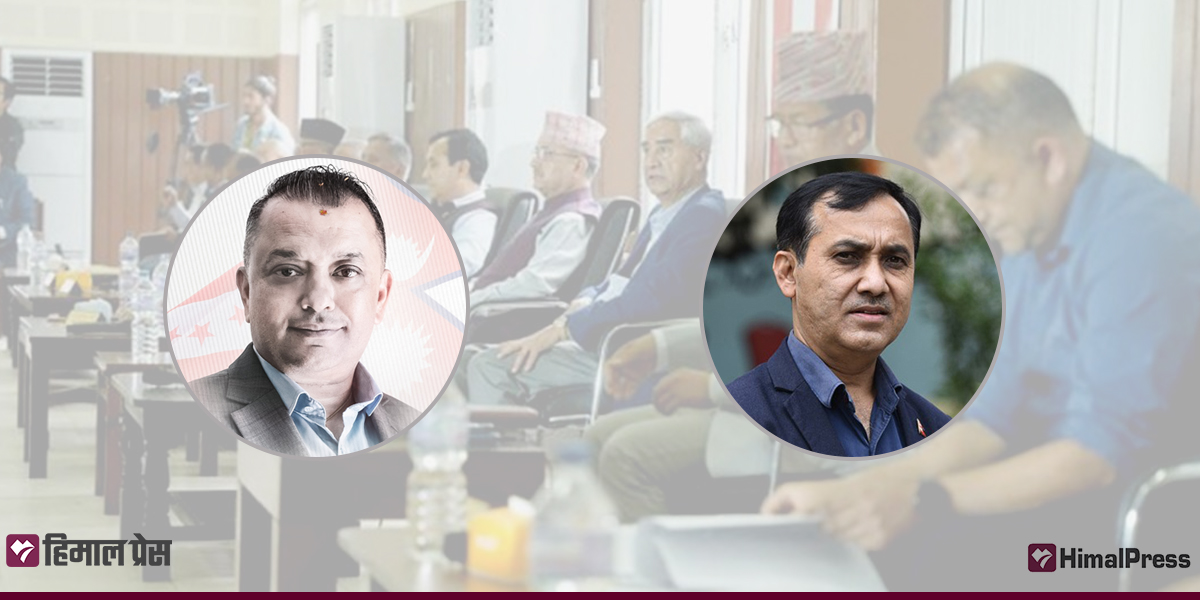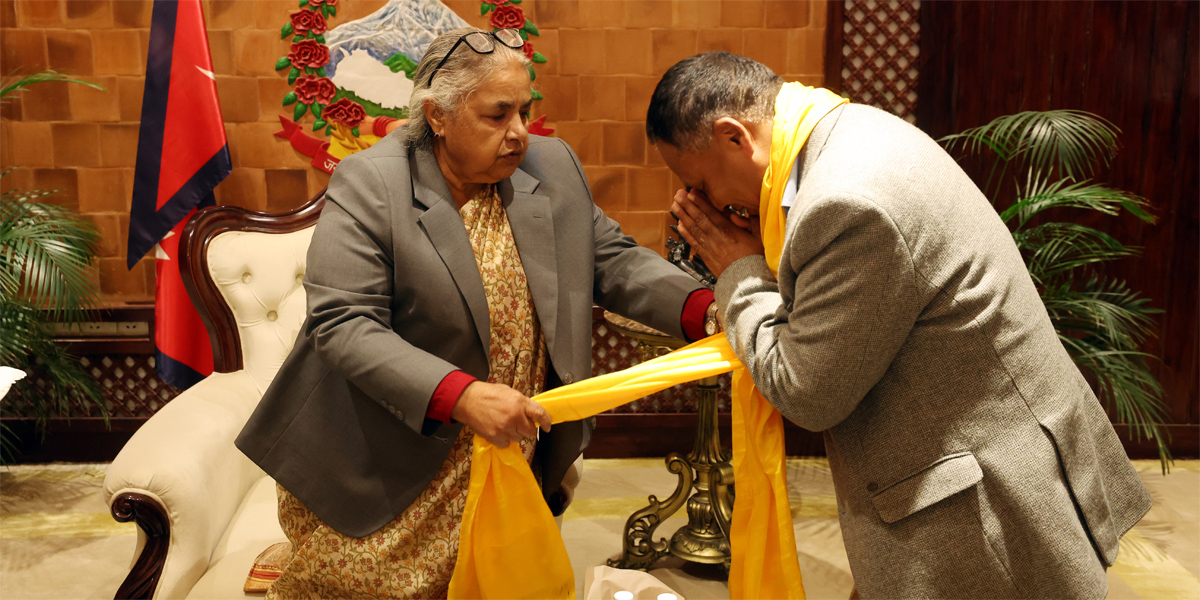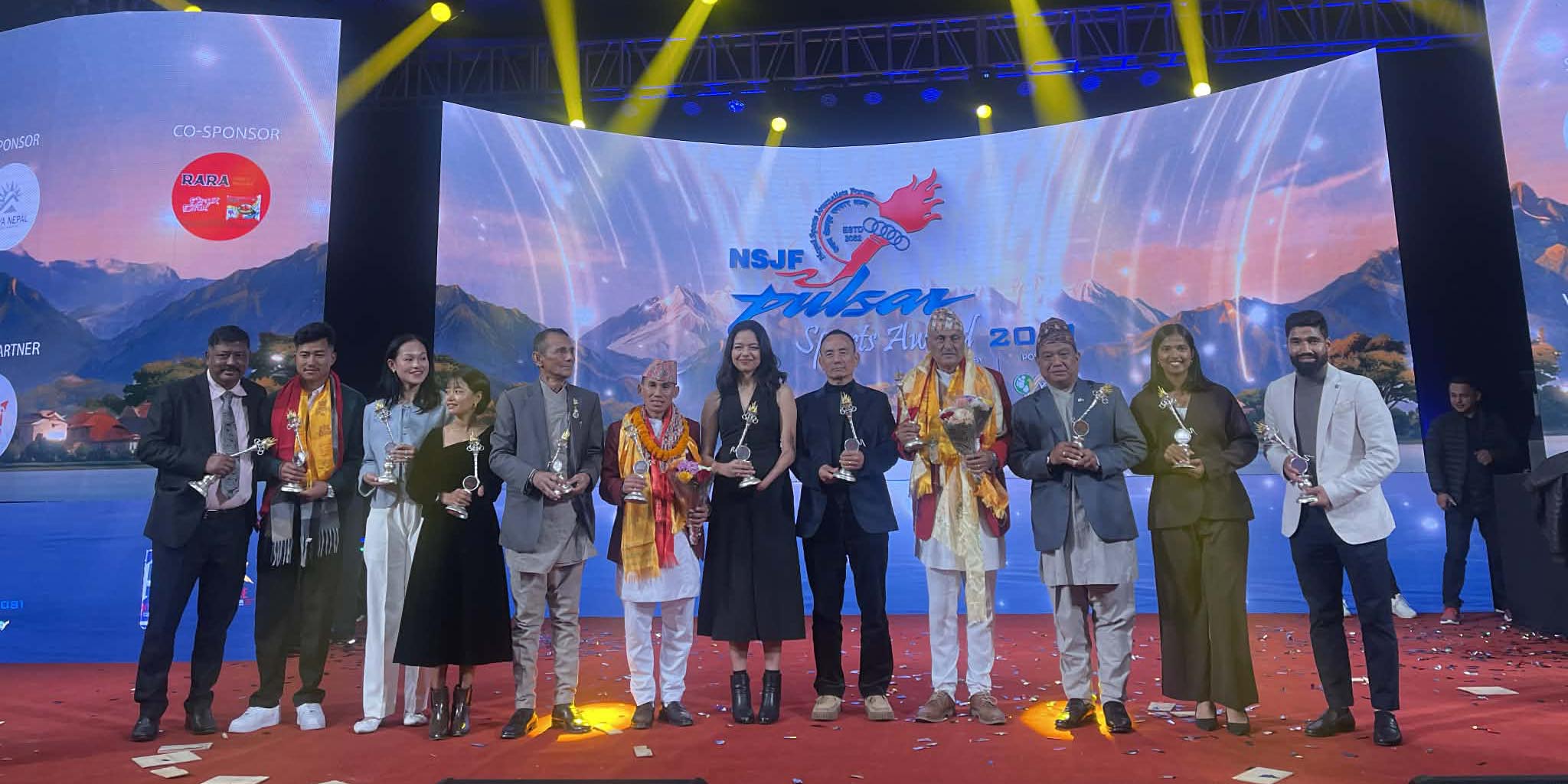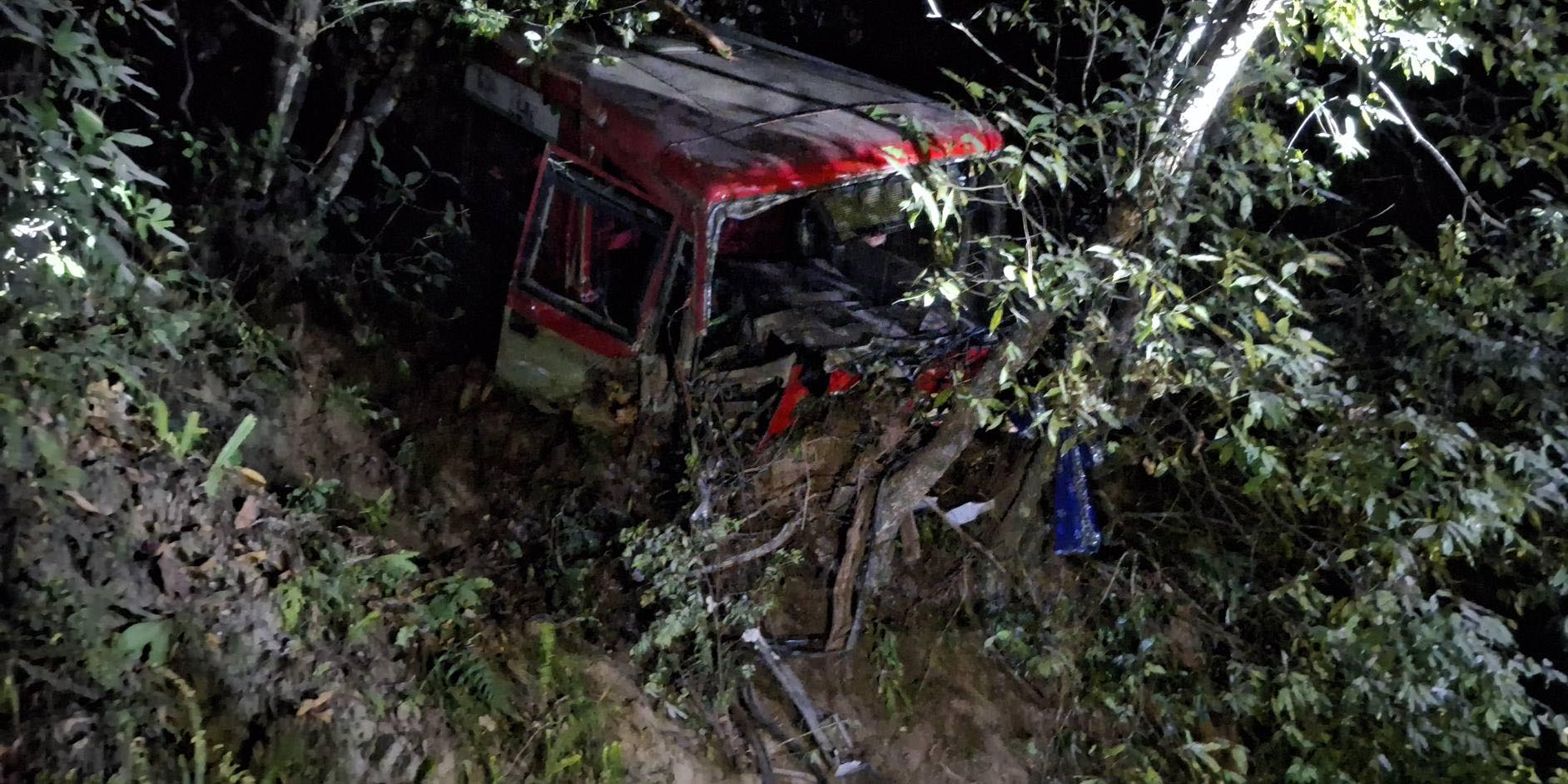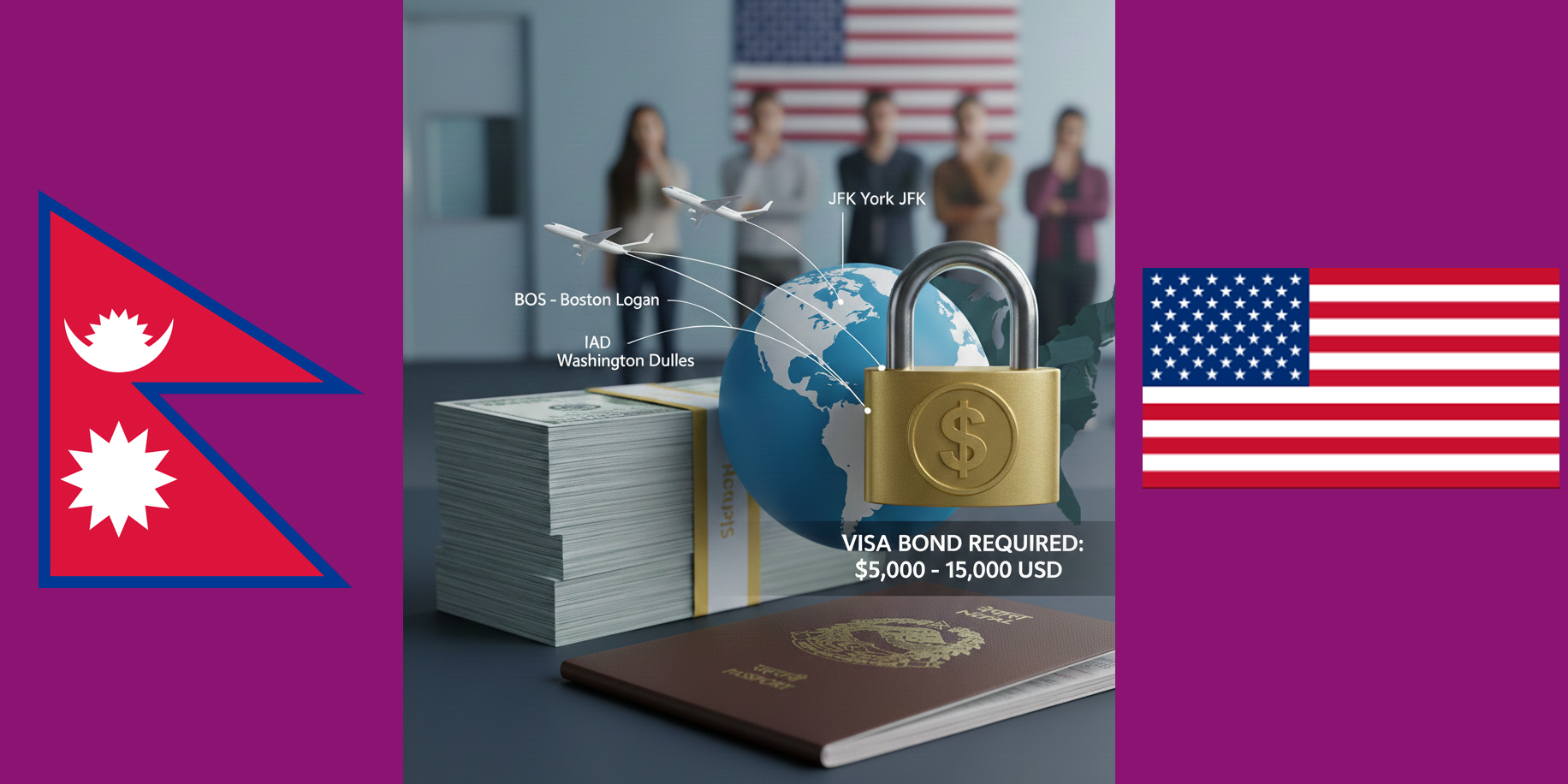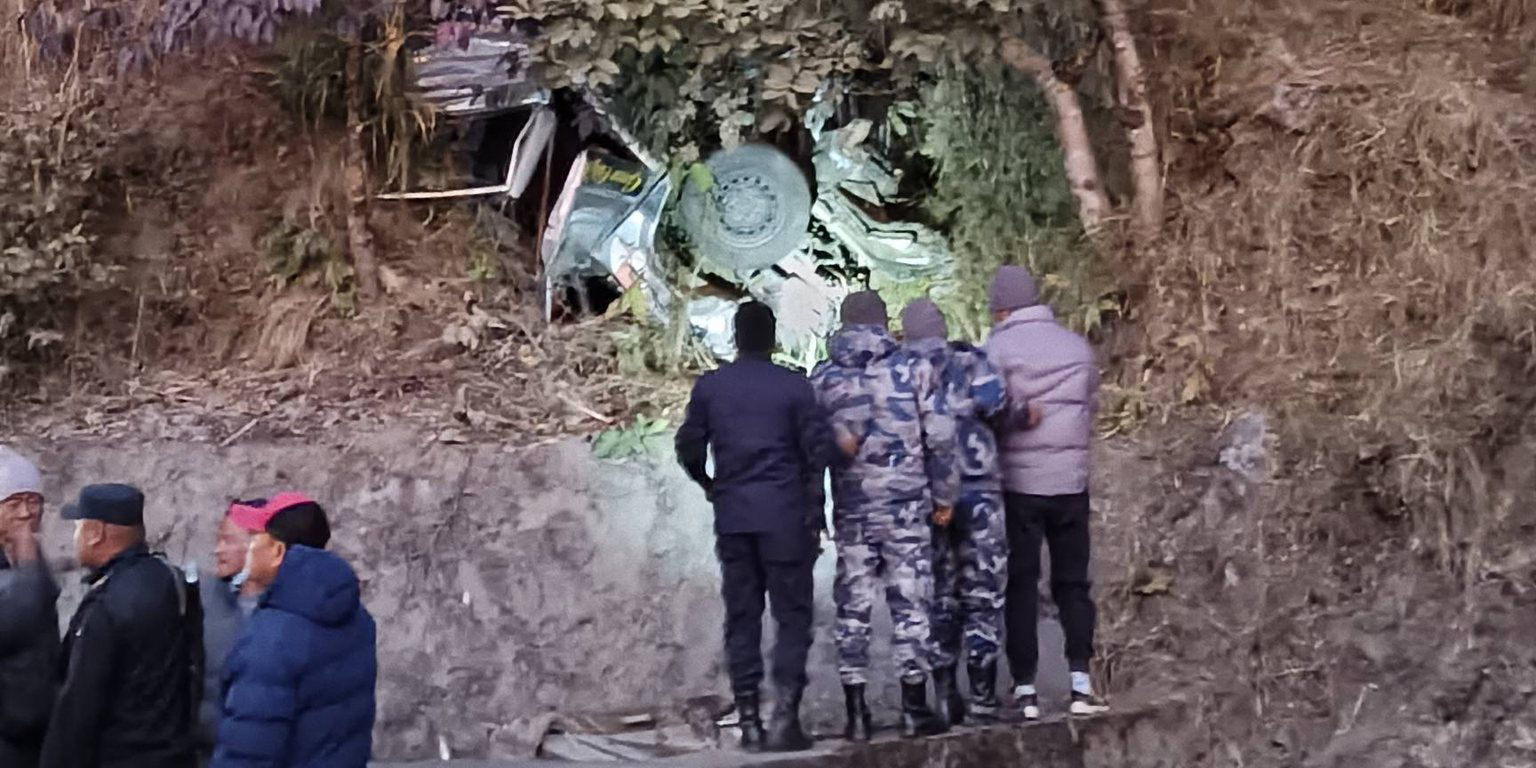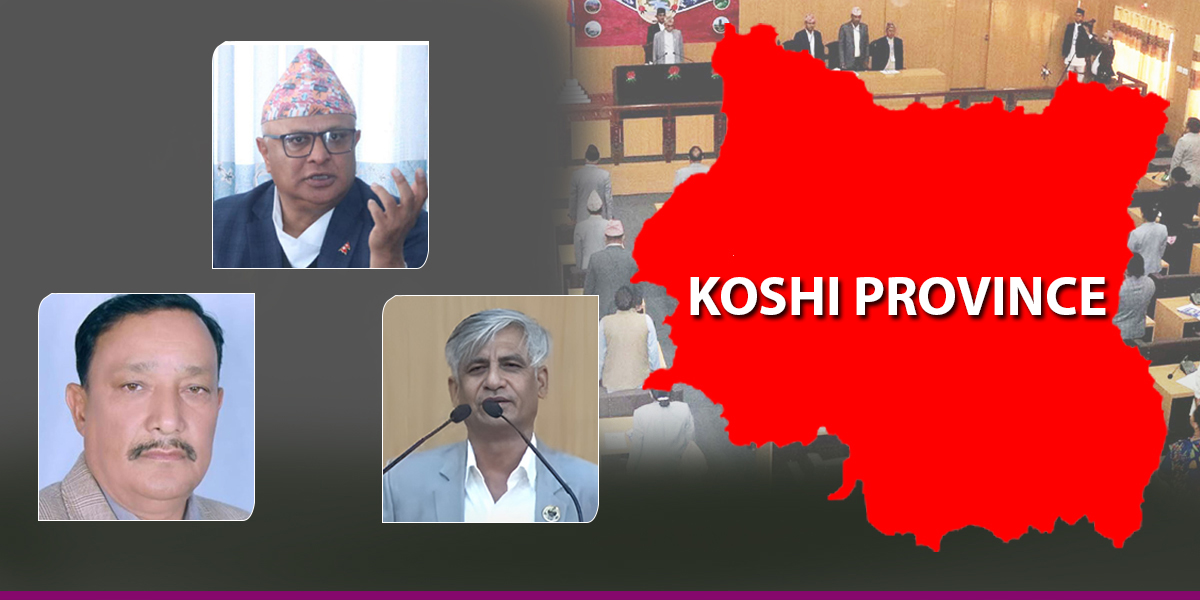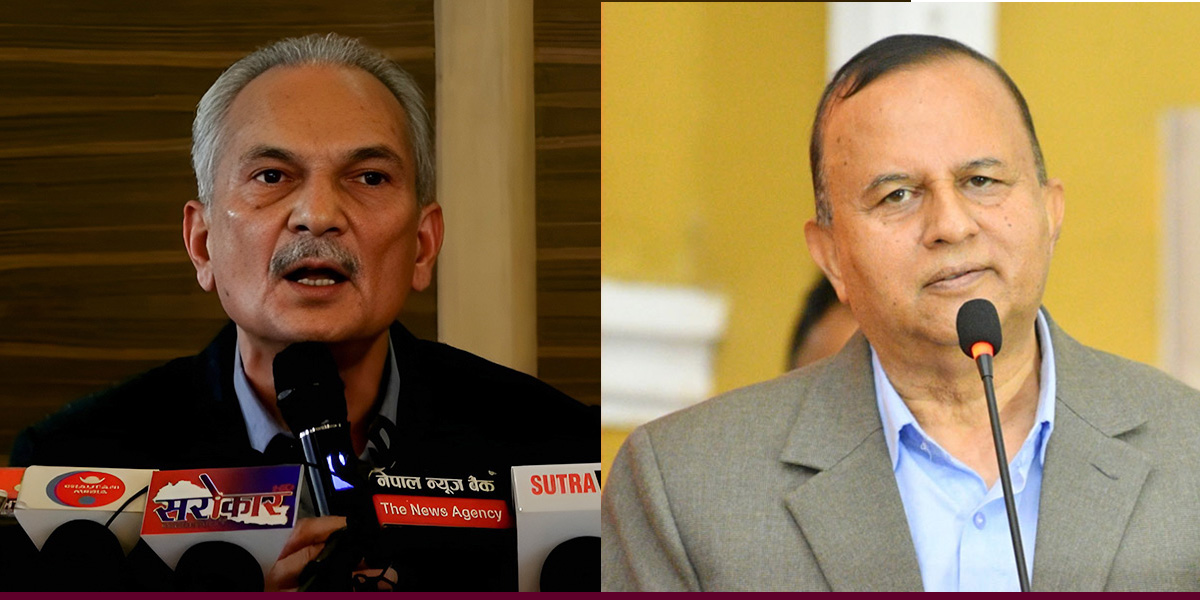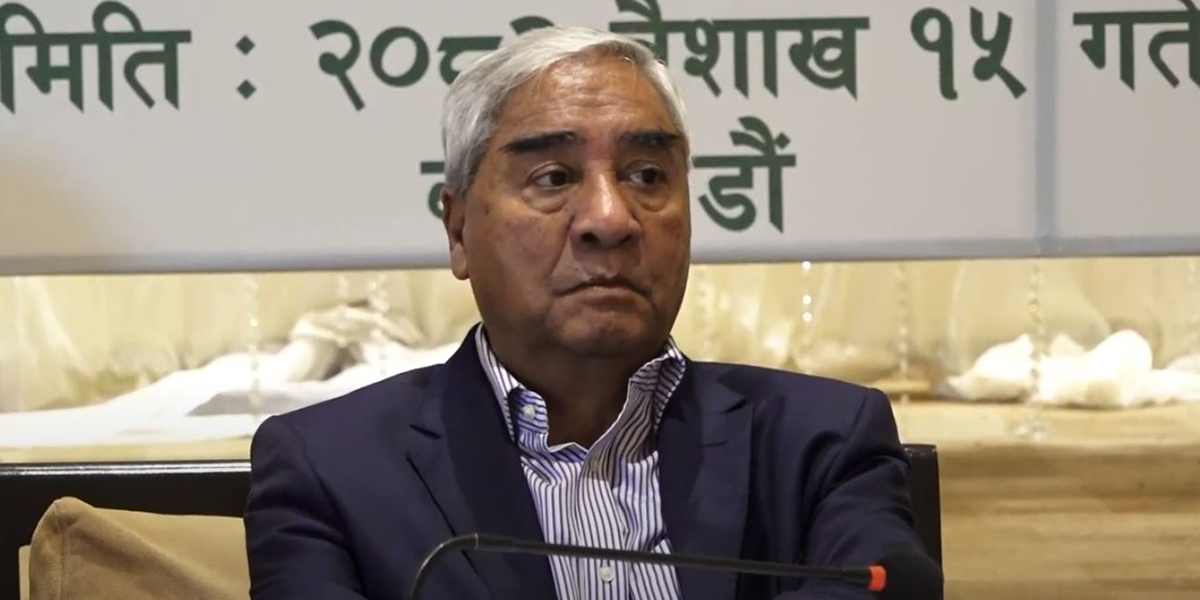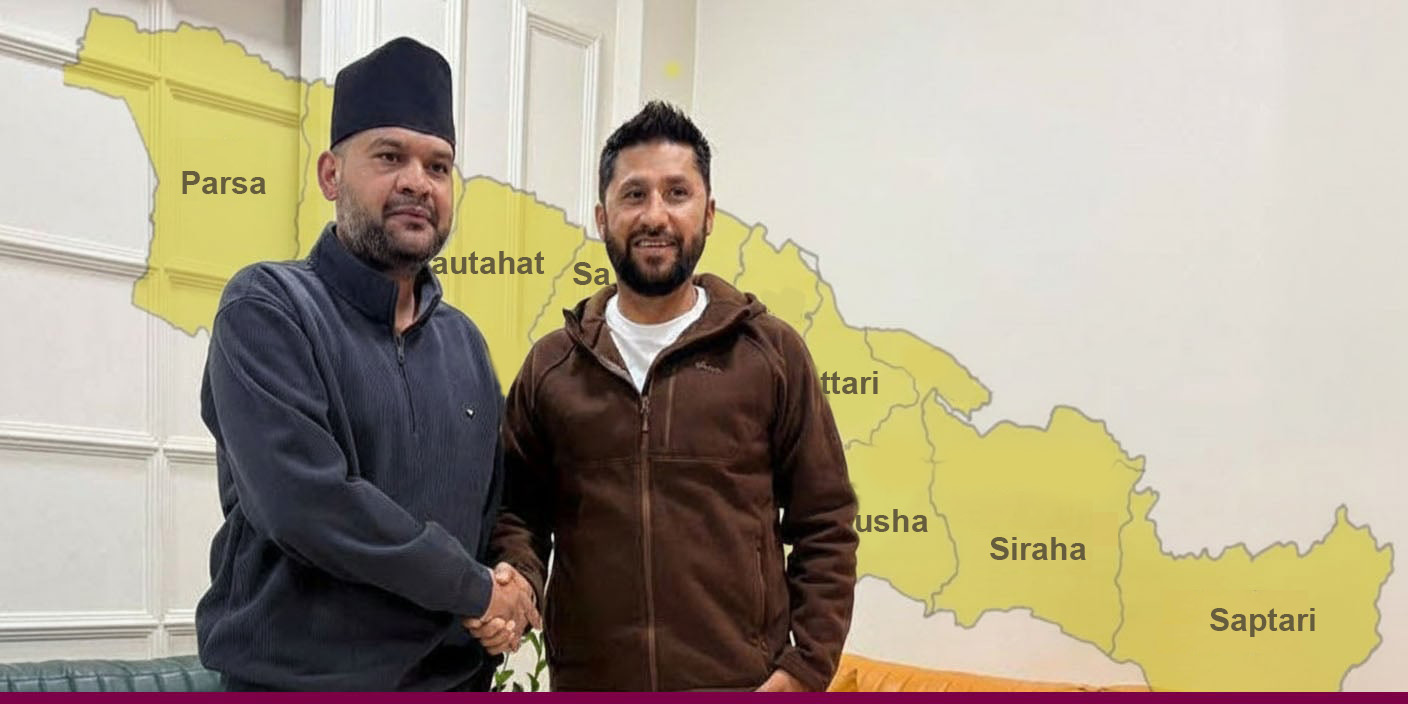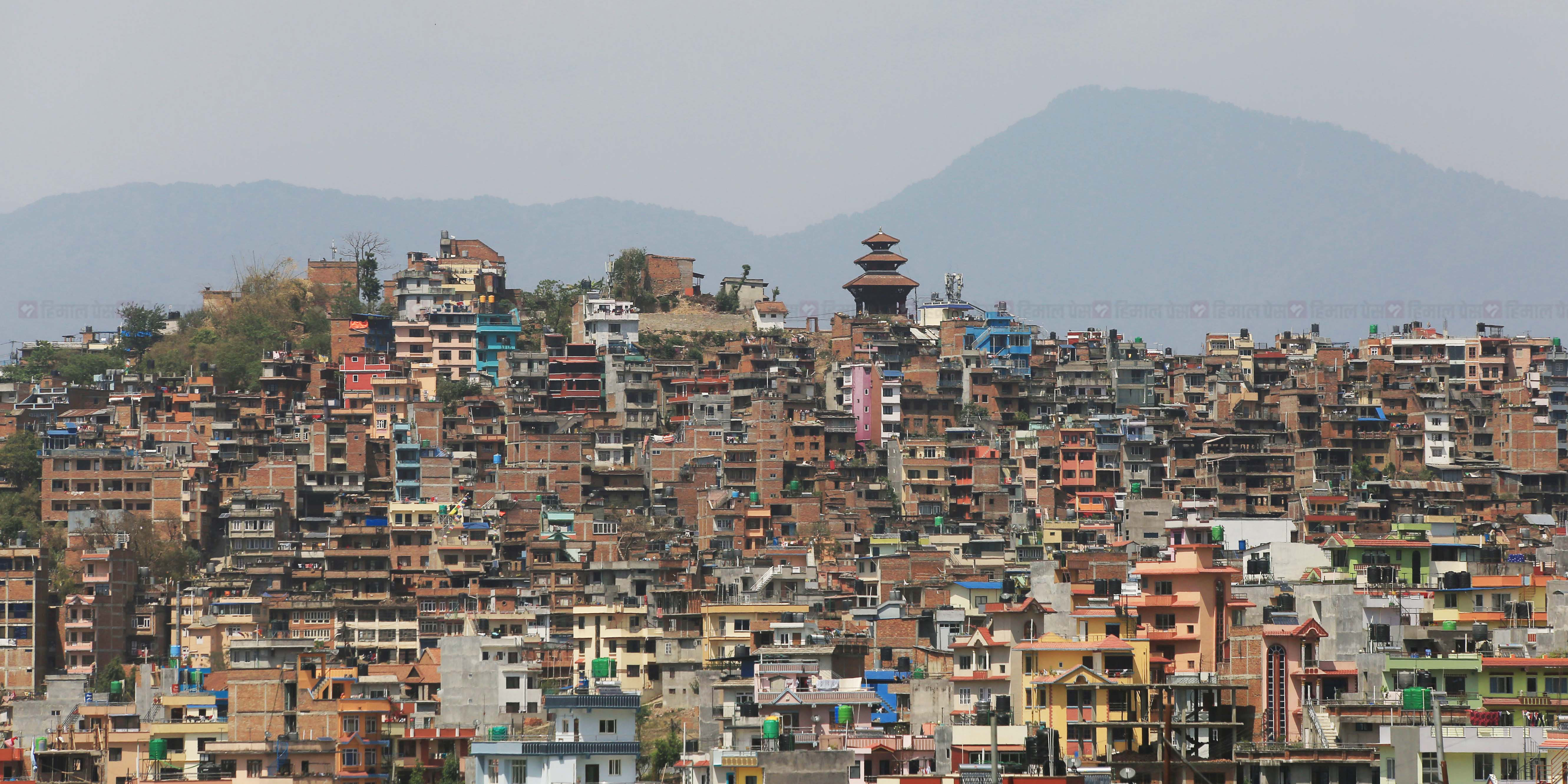
The 2021 census shows 66.8% of the population resides in urban areas. The National Statistics Office defines municipalities, sub-metropolitan cities, and metropolitan cities as urban areas.
Nepal had 58 municipalities in the 2011 census. Only 17.07% of the population resided in these urban areas a decade ago. The remaining 82.93% lived in rural areas.
Over the past decade, Nepal has experienced rapid urbanization, leading to a significant increase in the urban population. However, many municipalities lack basic facilities. Even remote areas devoid of basic infrastructure like roads and electricity has been declared municipalities. If all municipalities are considered urban areas according to the National Statistics Office, the urban population as per the 2011 census would be 63.19% of the total population.
People are drawn to cities due to the availability of better services, and opportunities. This desire is linked to the minimum conditions required for development, such as access to education, healthcare, employment, and adequate physical infrastructure.
Urban areas are experiencing a constant influx of migrants seeking these minimum necessities, leading to a stark difference in population density between cities and villages. For instance, the population of Kathmandu Metropolitan City, the capital, is 846,000, while Manang’s Narpabhumi Rural Municipality has a population of only 398.
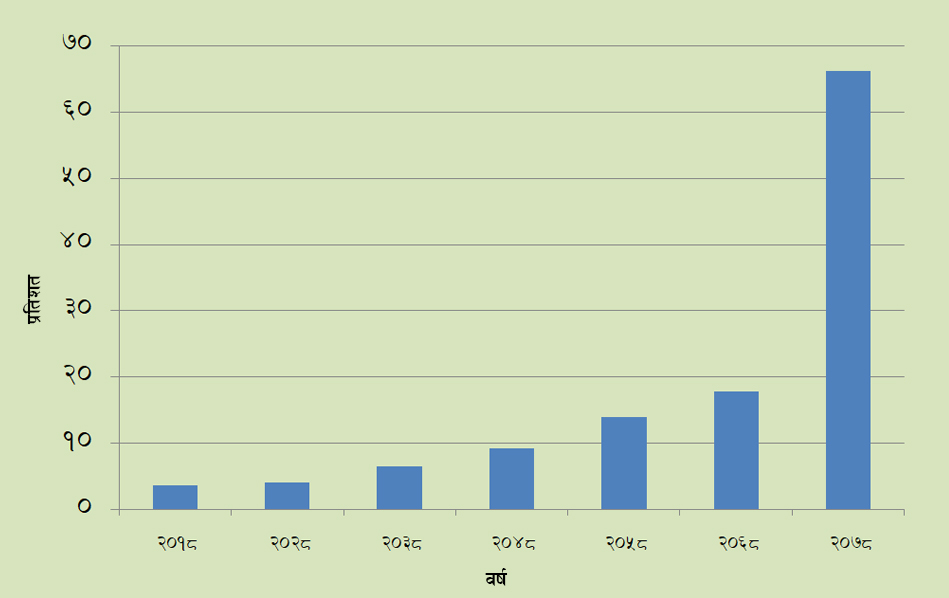
The population density of Nepal, according to the 2021 census, is 198 people per square kilometer. However, when analyzed at the district level, Kathmandu has a population density of 5,100 people per square kilometer, while Manang has a density of only three people per square kilometer. This disparity in residence contributes to unequal consumption of services. Experts attribute this issue to flawed development policies and misplaced political priorities.
Economist Dr Pitambar Sharma suggests that this situation arises because development activities have focused solely on specific areas. “The access to basic needs should have been expanded based on necessity and justification. But development activities were implemented based on the wish of a select few,” Dr Sharma said. “As a result, the entire country is problems stemming from this imbalanced approach.”
Devoid of facilities
The emergence of new cities is not limited to the plains; it has extended to central and high mountain regions as well. The provincial structure adopted by the new constitution has led to the development of more cities. Rural municipalities are even hospting provincial capitals.
While this may appear decentralized on a cursory look, our model of federalism has inadvertently concentrated power in the provncial capital and administrative center of local units. This trend is causing chaos even in the emerging cities outside the Kathmandu Valley.
Both established and newly developing urban areas face critical deficiencies in essential infrastructure, including roads, water supply, electricity, healthcare services, and public transportation. Kathmandu, the national capital, exhibits a complete lack of road safety and consistently ranks high in pollution statistics. Citizens face risks at every step, including on footpaths and zebra crossings.
According to the World Bank, 77% of permanent or temporary migrants lack access to basic services such as healthcare and education. Slums, potholed roads, mud, dust, garbage, pollution, traffic congestion, public transportation inconveniences, water scarcity, and sewage flow in rivers characterize most cities. Ironically, newly emerging cities are replicating the chaos of older and larger cities.
Those who migrate to cities with aspirations for a better quality of life, including education, healthcare, employment, and housing, feel that their basic needs remain unaddressed. The Economic Survey of 2022 reveals that only a quarter of the population in the country has access to drinking water, and urban areas have even lower per capita water supply.
While plans for systematic urbanization, such as ‘smart city’ and ‘satellite City’ are proposed in every budget, they often remain limited to the planning stage due to a lack of a clear blueprint, investment sources, and implementation capacity. These projects are not progressing also because their needs and justifications have not been established.
Consequently, urban residents are forced to live without their fundamental rights. Urban development expert Kishore Thapa states that no city in Nepal meets the minimum standards. “Having big houses, many cars, and a crowded population does not define a city,” he said. “Our urbn areas has been unable to fulfil even 50% of the rights and facilities of the people.”
Infrastructure in Disarray
Unplanned urbanization has become a defining characteristic of Nepal as a whole, characterized by unplanned settlements, haphazard land plotting, roads built without proper planning, and entangled telephone and internet wires.
None of the cities has essential urban infrastructure such as hospitals, schools, reliable water supply, sewage systems, community buildings, sports grounds, or parks. Even in major cities like Kathmandu, emergency vehicles like ambulances, fire engines and police vans struggle to navigate the streets.
Experts emphasize the need for a planned and systematic development of such basic services. “The existing infrastructure is deteriorating, and access to basic needs remains severely limited,” said Thapa.
Economist Sharma attributes this situation to the expansion of Nepal’s cities without systematic planning. “None of the cities in the country possess the necessary urban characteristics. The cities have essentially become synonymous with disorderliness,” he said, identifying the lack of a stable and clear urban development policy as the primary cause.
While plans for systematic urbanization, such as ‘smart city’ and ‘satellite City’ are proposed in every budget, they often remain limited to the planning stage due to a lack of a clear blueprint, investment sources, and implementation capacity. These projects are not progressing also because their needs and justifications have not been established.
“Simply declaring a place as a city on the whim of leaders does not make it one. Transforming an area into a city requires a strong economic base, access to facilities, production capacity, marketing opportunities, and more,” he added.
Newly developing cities without adequate planning will lack the capacity to address future challenges. As power has been devolved to the local units following state restructuring, urban areas are being established in each district. Experts underline the need to develop these areas as modern cities with proper planning. “We made mistakes in the past, but at least the areas being built now should uphold the dignity of a city.”


